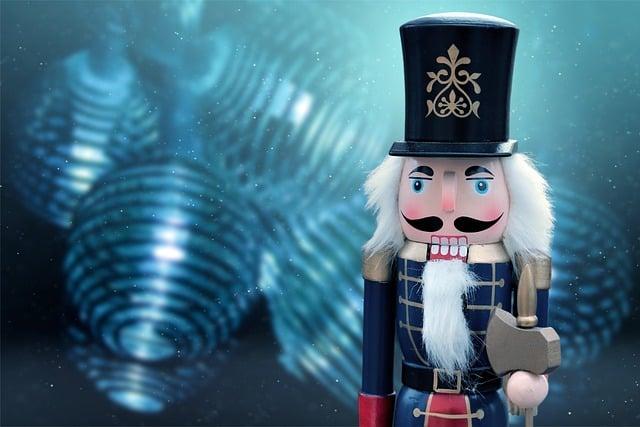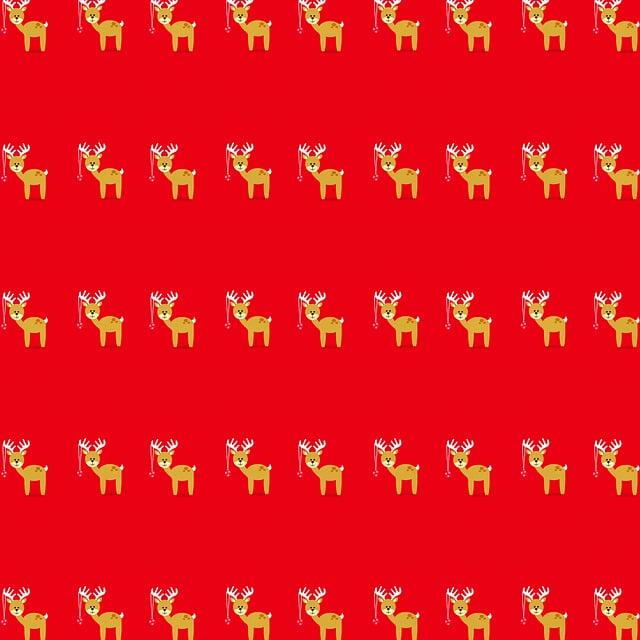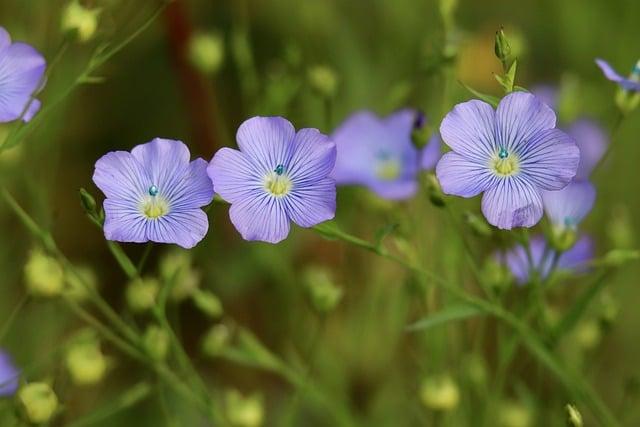In ancient times, as winter’s chill enveloped the land, the Celts crafted circular wreaths from evergreen branches, symbolizing eternal life. They hung these rings on their doors, inviting warmth and protection into their homes. As centuries passed, this tradition evolved, intertwining with Christian beliefs. The circle came to represent the unending love of Christ, while the greens signified hope amidst the cold. Today, Christmas wreaths adorn countless doors, a timeless reminder of resilience and joy during the darkest days of the year.
Table of Contents
- The Historical Roots of Christmas Wreaths
- Symbolism and Significance in Holiday Decor
- Crafting Your Own Wreath: Tips and Techniques
- Modern Interpretations and Trends in Wreath Design
- Q&A
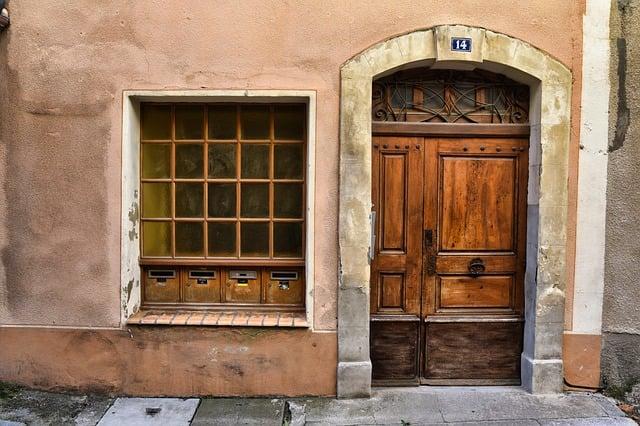
The Historical Roots of Christmas Wreaths
The tradition of Christmas wreaths can be traced back to ancient cultures, where circular shapes symbolized eternity and the cyclical nature of life. The use of evergreen plants, such as holly and fir, was particularly significant among the ancient Romans and Celts, who believed these plants held protective qualities. During the winter solstice, they would create wreaths to celebrate the return of the sun, marking the end of the dark days and the promise of renewal. This practice gradually evolved, intertwining with Christian symbolism, where the circular form of the wreath came to represent the eternal love of God and the unending cycle of life and death.
As Christianity spread throughout Europe, the wreath took on new meanings and customs. In the Middle Ages, it became a popular decoration during Advent, the period leading up to Christmas. The use of candles within the wreath, often four to represent the four Sundays of Advent, added a new layer of significance, symbolizing hope and light in the darkness. Today, Christmas wreaths are adorned with a variety of materials, from traditional greenery to vibrant ribbons and ornaments, reflecting both historical roots and modern creativity. The act of hanging a wreath on the door has transformed into a warm welcome for the holiday season, inviting joy and festivity into homes around the world.

Symbolism and Significance in Holiday Decor
The Christmas wreath, a circular symbol of eternal life, carries profound meaning that transcends its decorative appeal. Traditionally crafted from evergreen branches, these wreaths embody **resilience** and **renewal**, reminding us of nature’s ability to endure through the harshest winters. The circular shape signifies **wholeness** and **unity**, representing the cyclical nature of the seasons and the continuity of life. As families hang wreaths on their doors, they invite warmth and joy into their homes, creating a welcoming atmosphere that reflects the spirit of the holiday season.
In addition to their aesthetic charm, wreaths often incorporate various elements that enhance their symbolism. Common adornments include **red berries**, which symbolize the blood of Christ, and **pinecones**, representing new beginnings. The use of **ribbons** in vibrant colors adds a touch of festivity, while also signifying the bonds of love and togetherness. Each component of the wreath contributes to a rich tapestry of meaning, transforming a simple decoration into a powerful emblem of hope, love, and the enduring spirit of community during the holiday season.
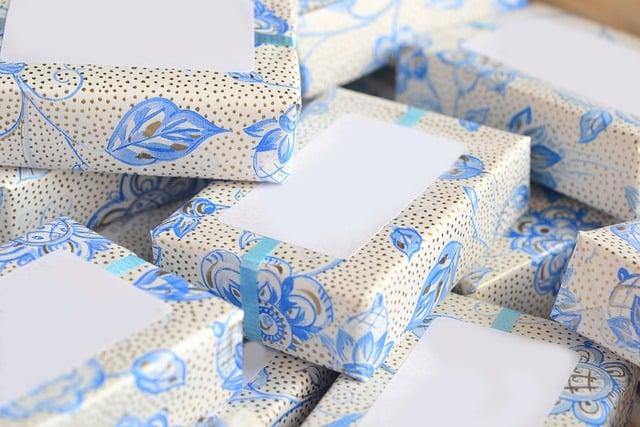
Crafting Your Own Wreath: Tips and Techniques
Creating your own wreath can be a delightful and fulfilling experience, allowing you to express your personal style while embracing the spirit of the season. Start by gathering your materials, which can include a sturdy base such as a wire frame or a foam ring, along with an assortment of greenery, flowers, and decorative elements. Consider using **evergreens** like pine or fir for a classic touch, or mix in **dried flowers** and **berries** for a more rustic feel. Don’t forget to incorporate **ribbons** or **ornaments** that reflect your color scheme, adding a unique flair to your creation.
When assembling your wreath, think about layering and texture. Begin by attaching your greenery securely, using floral wire or hot glue to ensure everything stays in place. As you build your design, keep in mind the balance and symmetry of your arrangement. You might want to create a focal point with a larger flower or a decorative bow, drawing the eye and adding interest. hang your masterpiece in a prominent spot, allowing it to bring warmth and cheer to your home throughout the holiday season.

Modern Interpretations and Trends in Wreath Design
In recent years, wreath design has evolved significantly, reflecting contemporary aesthetics and personal expression. Designers are now experimenting with a variety of materials beyond the traditional evergreen foliage. **Natural elements** such as dried flowers, twigs, and even fruits are being incorporated, creating a more organic and rustic feel. Additionally, **non-traditional colors** like pastels, metallics, and bold hues are gaining popularity, allowing for a fresh take on the classic holiday decoration. This shift not only embraces seasonal themes but also encourages individuals to showcase their unique style and creativity through their wreaths.
Moreover, the rise of sustainability has influenced modern wreath-making trends. Many artisans are focusing on **eco-friendly materials**, sourcing locally and using biodegradable components to minimize environmental impact. This commitment to sustainability is evident in the use of **recycled materials** and the promotion of DIY wreath-making kits, which empower individuals to craft their own decorations. As a result, wreaths are becoming more than just seasonal adornments; they are now a canvas for personal storytelling and a reflection of one’s values, making them a cherished part of holiday traditions.
Q&A
-
What is the historical origin of Christmas wreaths?
The tradition of Christmas wreaths dates back to ancient times, particularly among the Romans and Celts. They used circular garlands made of leaves and flowers to symbolize eternal life and the changing seasons. Over time, this practice evolved into the Christmas wreath we know today, representing the cycle of life and the hope of renewal.
-
What do the materials used in Christmas wreaths symbolize?
Christmas wreaths are often made from evergreen branches, which symbolize everlasting life. Other materials, such as holly and pinecones, are also commonly used. Holly represents protection and the promise of new life, while pinecones signify fertility and the potential for growth.
-
How did the Christmas wreath become a popular decoration?
The Christmas wreath gained popularity in the 16th century when Christians began to incorporate it into their holiday celebrations. It became a symbol of the Advent season, representing the anticipation of Christ’s birth. Over the years, it has transformed into a widely recognized decoration that adorns homes during the festive season.
-
Are there specific customs associated with hanging a Christmas wreath?
Yes, hanging a Christmas wreath on the door is a common custom that signifies welcome and hospitality. It is often adorned with ribbons, ornaments, or candles, each adding to its festive charm. In some cultures, the wreath is also used as a reminder of the Advent season, marking the weeks leading up to Christmas.
As we hang our Christmas wreaths each year, we embrace a tradition rich in history and symbolism. From ancient rituals to modern celebrations, these circular adornments remind us of the enduring spirit of the season, uniting past and present in festive harmony.

大家好,我是彼得潘,專業的手法身體治療師。我喜歡探索和研究各種主題,並透過與人工智慧的合作分享專業、實用、有趣的文章。我們定期進行人工審核,以確保內容的準確性。如果您發現文章中有任何不準確的地方,請隨時與我們聯繫,我們會及時糾正。您可以透過 [email protected] 與我們聯繫。
